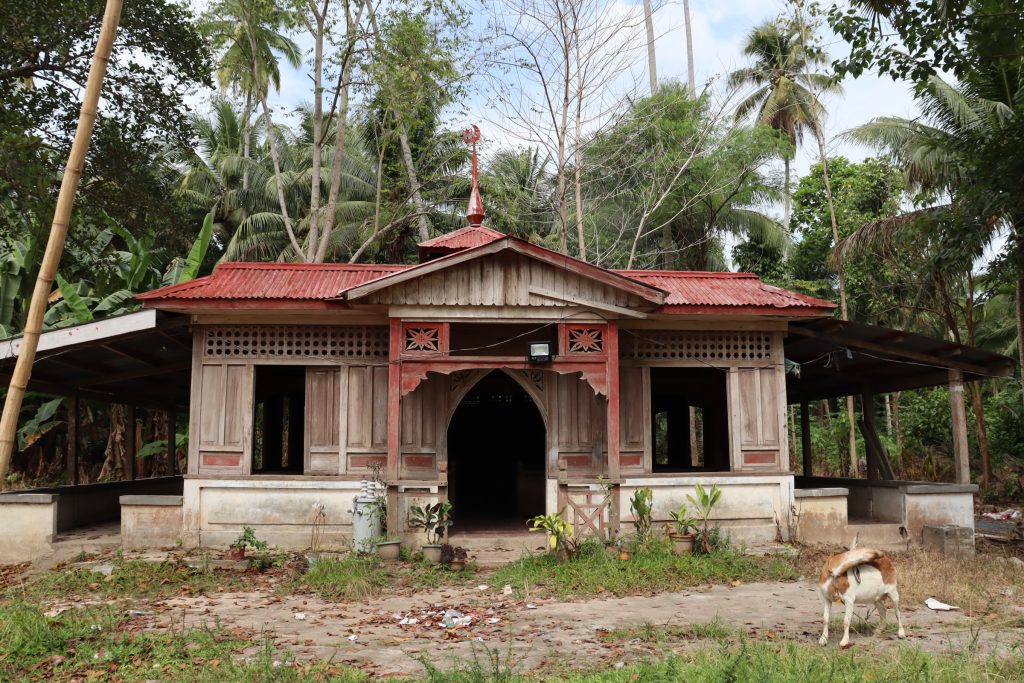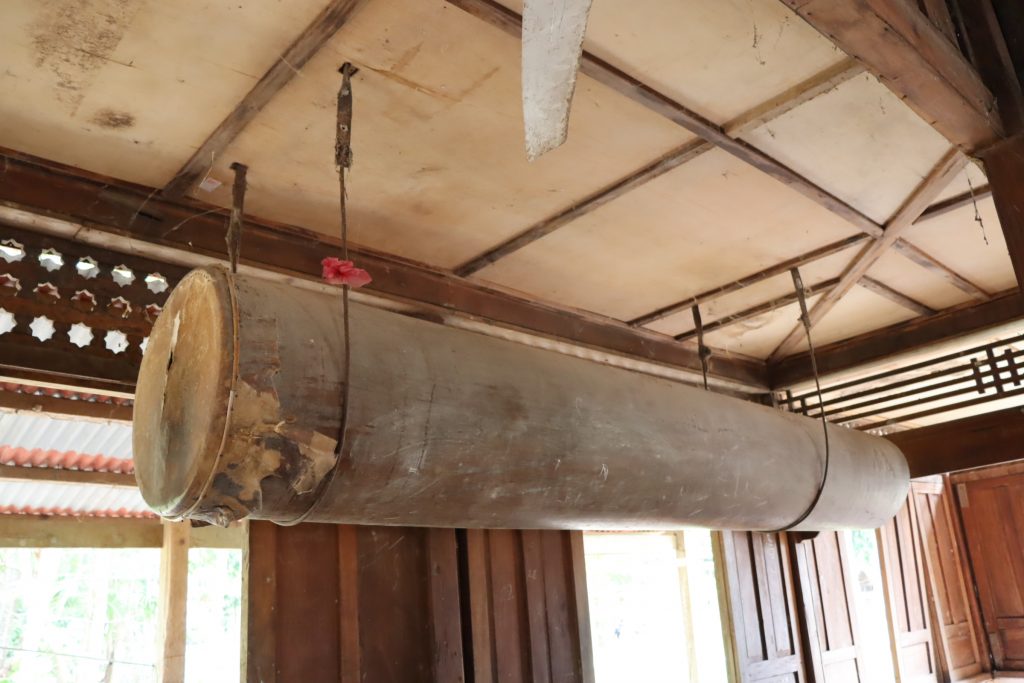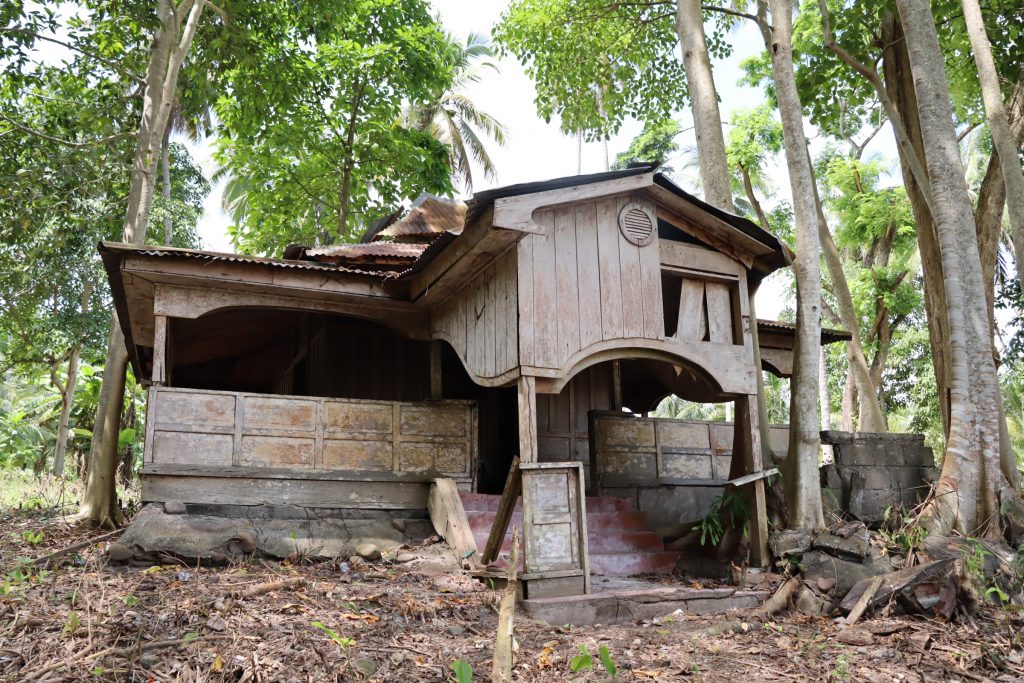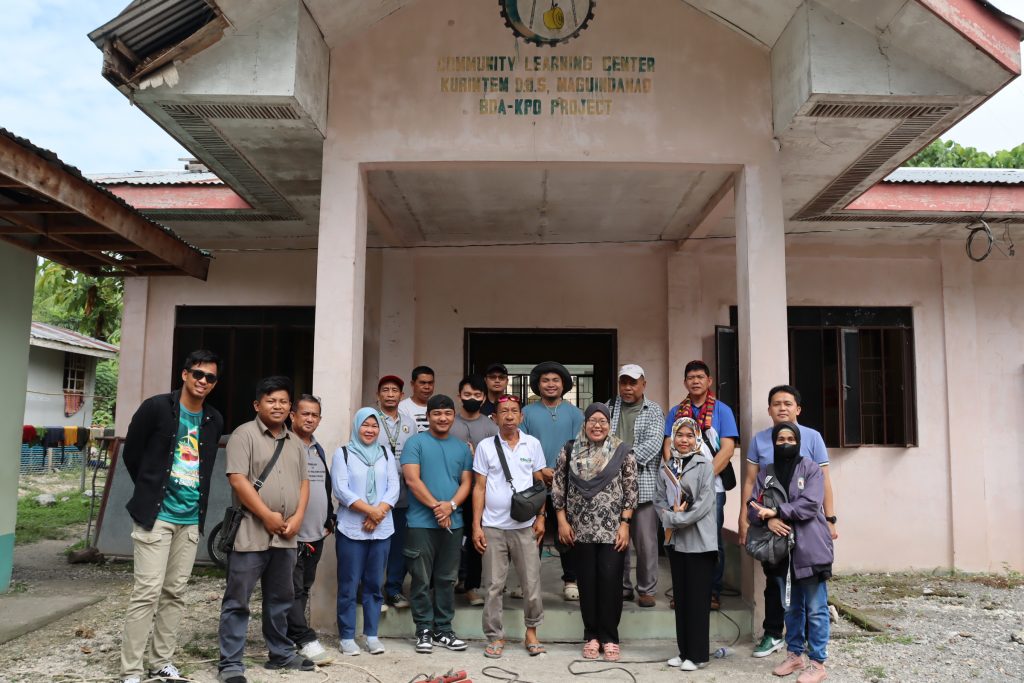February 21, 2024
Cultural Workers Identify Historical Sites in Datu Odin Sinsuat, Maguindanao del Norte
In an effort to preserve the rich cultural heritage of the Bangsamoro, the Bangsamoro Commission for the Preservation of Cultural Heritage (BCPCH) Maguindanao, in collaboration with the History and Archives Section of the BCPCH Region, undertook a historical site identification activity on February 8, 2024.
The 1-day site identification took place at barangay Makir and barangay Kurintem, municipality of Datu Odin Sinsuat, province of Maguindanao. This initiative is aligned with the Commission’s mandate, to promote, preserve, and conserve the cultural heritage of the Bangsamoro people, including the documentation of the Bangsamoro history and heritage.
During the site identification activity, among the historical sites identified are as follows:
ANCENTRAL HERITAGE HOUSE OF HADJI IBRAHIM PANDA
According to the caretaker, Baidido Abas Panda, the heritage house was built in the early 1950s, making it as one of the oldest houses in the American period. It also preceded the road building activity in the area, by naming the owner’s son after the American contractor. The heritage house was occupied until 1989. The house is built from hardwood Nara and constructed in the typical Filipino style.
MASJID A TATONG
The heritage masjid etched the year 1952 to its “Mimbar” which signifies that the site constructed in 1950s. The architectural style of the masjid was inspired by the Pagoda structures prevalent to the shrines and temples in Asia. During the 1970s, the masjid served as extension of school and madrasah, as well as evacuation center. The masjid has a “Dabo-dabo,” a large wooden instrument with a cowhide drumhead that once served as both a call to prayer and a wake-up alarm during the holy month of Ramadan.
WALAY A TATONG
The heritage name, “Tatong,” is derived from the Maguindanaon term for “roofing sheet,” representing its unique qualities as the only architectural house in the area with a corrugated roofing sheet, which is thought to have been acquired from Singapore. The house was built in early 1932, as engraved on one of its corners, and is primarily made of “Kalipapa wood,” with a ceiling made of “Bakayawan.” Although the heritage site is currently uninhabited, the house remained resilient despite slight slanting during the 1976 earthquake.
MASJID FOUNDED BY SHIEKH ABAS HAMZA
The masjid’s architectural design was inspired by the Pagoda style. Notably, the structure was erected without nails, demonstrating ancient construction methods. While the flooring has been replaced with cement and an expansion on the right side has been built to accommodate more worshipers, the rest of the masjid remains unchanged.
Prior to the actual site identification, the BCPCH Maguindanao personnel conducted a coordination activity to Brgy. Kurintem Chairman, Hon. Abubakar G. Akmad, and Brgy. Makir Chairman, Hon. Abdulhamid M. Abas. The site identification activity is one of the BCPCH flagship programs, which aims to preserve, conserve, and promote cultural heritage of the Bangsamoro in the BARMM.
—
BCPCH is the primary institution in preserving the history, culture, arts, tradition, and rich cultural heritage of the Bangsamoro people across the Bangsamoro Autonomous Region in Muslim Mindanao. The Commission is currently under the leadership of Chairperson Salem Y. Lingasa, Ph.D.







